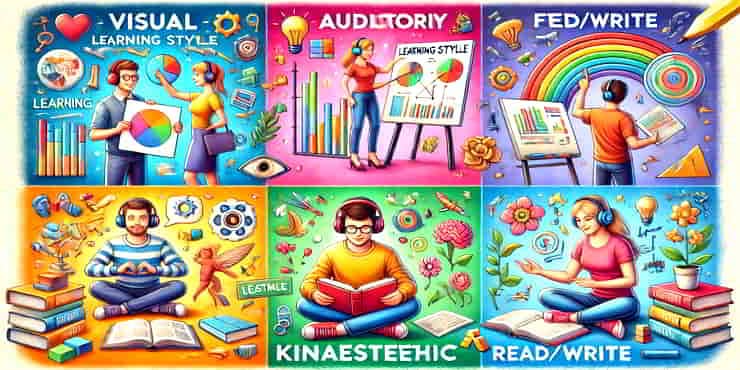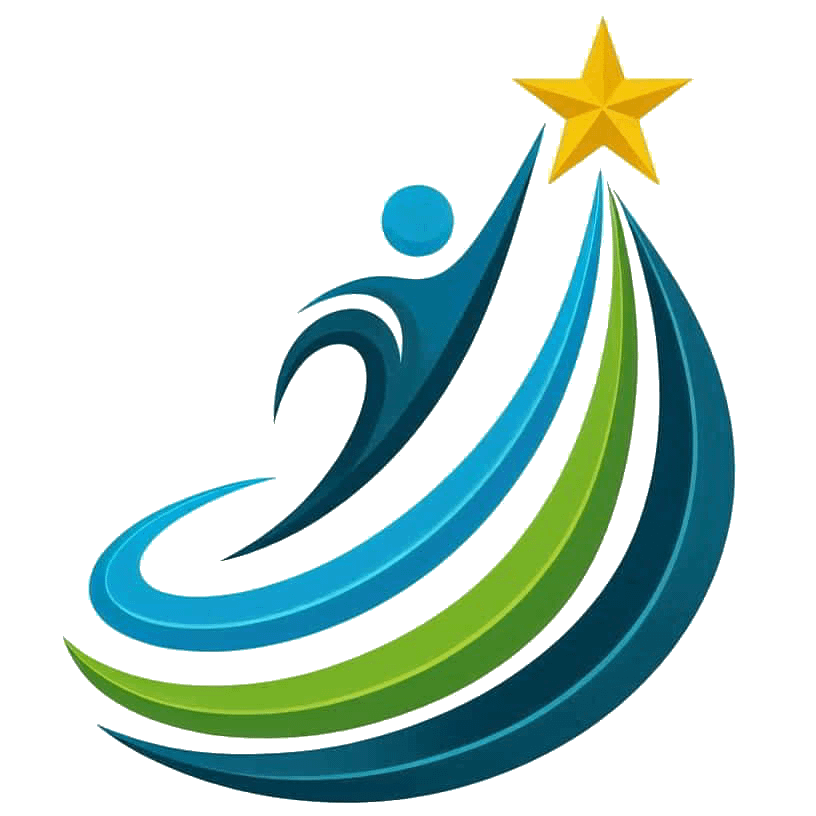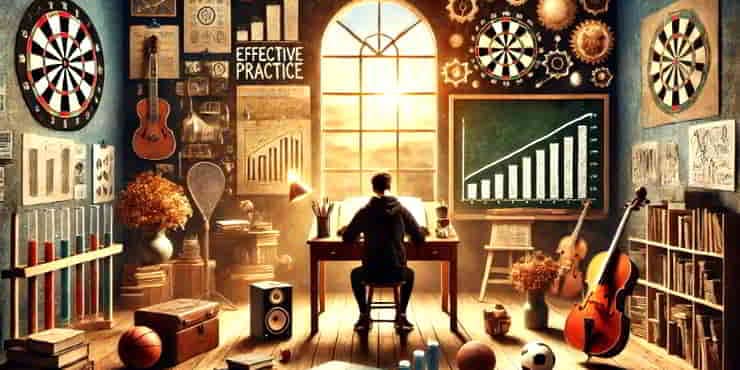Optimise Learning: Unlock Strategies for the 4 Learning Styles

Estimated reading time: 5 Min
You can optimise learning by recognising your own preferred style or that of others, which improves learning efficiency and makes the process much more enjoyable.
Imagine trying to learn a new skill but feeling like the method just isn’t clicking.
It could be because it’s not suited to your learning style.
Understanding how you learn best can make a huge difference.
Learning styles are essentially different ways people take in and process information.
There are four main learning styles:
- Visual
- Auditory
- Kinaesthetic
- Read and write.
Each has its own unique strengths and challenges.
We tend to use them all to a greater or lesser degree.
Understanding your preferences can save you enormous time, energy, and heartache.
For better learning outcomes, you can explore these 4 styles.
Introducing 4 Learning Styles
The Visual Learner: A Picture’s Worth
Visual learners think in pictures.
They often use diagrams, charts, and videos to help them understand information.
Here are some characteristics of visual learners:
- They remember faces better than names.
- They often draw pictures or doodle when thinking.
- They benefit from using colour codes and highlighters.
Visual learning has its advantages.
For one, visual learners can easily grasp complex concepts when they’re presented graphically.
However, they might struggle with lectures or verbal instructions.
To succeed as a visual learner, try these strategies:
- Use mind maps to organise information.
- Watch instructional videos and use infographics.
- Turn notes into diagrams and charts.
The Auditory Learner: Learning on a Wave of Sound
Auditory learners absorb information best through sound.
They thrive on listening and speaking activities.
Here are some signs that you might be an auditory learner:
- You remember names better than faces.
- You often read aloud or talk to yourself to process information.
- You prefer listening to lectures over reading written notes.
The benefits of auditory learning are clear.
Listening to information can enhance memory retention and understanding.
However, auditory learners might find it challenging to follow written instructions or stay focused in silent study environments.
To make the most of your auditory learning style:
- Record lectures and listen to them later.
- Participate in group discussions and oral presentations.
- Use mnemonic devices and rhymes to memorise information.
The Kinaesthetic Learner: Moving to Understand
Kinaesthetic learners are all about movement.
They learn best by doing and often prefer hands-on activities.
Key traits of kinaesthetic learners include:
- They excel in physical activities like sports or dance.
- They often use gestures when speaking or explaining something.
- They have a hard time sitting still for long periods of time.
The strength of kinaesthetic learning lies in its active engagement.
These learners often understand and remember information better when they’re physically involved.
However, traditional classroom settings can be tough, as they often require long periods of sitting and listening.
To optimise learning as a kinaesthetic learner:
- Incorporate movement into your study sessions, like using a stress ball or pacing.
- Engage in hands-on activities like experiments or building models.
- Take frequent breaks to move around and re-energise.
The Read/Write Learner: Processing Through Words
Read-write learners thrive on the written word.
They learn best through reading and writing activities.
Here are some characteristics of read/write learners:
- They prefer reading textbooks, articles, and manuals.
- They often take detailed notes during lectures or while reading.
- They enjoy writing essays, reports, and lists.
The strengths of the read/write learning style include the ability to process and organise information effectively through writing.
However, these learners might find it challenging to engage with purely visual or auditory materials.
To maximise learning as a read/write learner:
- Take extensive notes and rewrite; this reinforces your knowledge.
- Read a variety of sources to deepen your understanding.
- Use lists, headings, and notes to structure information.
How to Identify Your Learning Style
Discovering your learning style can transform your educational experience.
Here are some ways to identify your preferred learning method:
- Assessment Tools
Use online quizzes and assessments designed to pinpoint your learning style. - Self-Reflection
Think about past learning experiences. What methods helped you understand and retain information best? - Feedback from Educators and Peers
Ask teachers, mentors, and classmates for their observations on how you learn most effectively.
By understanding your learning style, you can tailor your study habits and seek out resources that suit you best.
Adapting Teaching Methods for Each Learning Style
Creating a supportive learning environment means catering to different learning styles.
Here’s how educators can adapt their teaching methods:
- For Visual Learners
Use diagrams, charts, and videos in lessons. Encourage students to visualise concepts. - For Auditory Learners
Incorporate discussions, lectures, and audio recordings. Allow students to present orally. - For Kinaesthetic Learners
Plan hands-on activities, experiments, and physical exercises. Encourage movement and participation. - For Read/Write Learners
Provide reading materials, handouts, and opportunities for writing assignments. Encourage note-taking and journaling.
By integrating multiple learning styles into lesson planning, educators can ensure that all students have the opportunity to succeed.
Technology and Learning Styles: Bridging the Gap
Technology offers numerous tools to support various learning styles, making education more inclusive and effective.
Here are some examples:
- For Visual Learners
Digital tools like Prezi, mind-mapping software, and video tutorials can enhance visual learning. - For Auditory Learners
Podcasts, audiobooks, and speech-to-text applications are excellent resources. - For Kinaesthetic Learners
Interactive platforms like VR simulations, educational games, and coding apps provide hands-on learning experiences. - For Read/Write Learners
E-books, online articles, and writing software like Scrivener or Evernote support read/write learning preferences.
Embracing these digital tools can help bridge the gap between different learning styles and create a more dynamic learning environment.
Summary: Optimise Learning
Recognising and valuing all learning styles is vital for fostering an inclusive educational environment.
By understanding that everyone learns differently, we can create a more flexible and adaptable learning experience.
Encouraging flexibility in teaching methods not only helps individual learners thrive but also enriches the collective learning environment.
Continued research and development in learning style applications will further enhance our ability to cater to diverse learning needs.
By figuring out your preferred learning styles, you can improve your educational experiences and help others do the same.
So, discover your learning style today and share your findings with your peers, educators and us in the comments section or via the contact form.
If you found this useful, others will too. Please share.
😉
Richard
Useful Resources
- VARK Learn is an online resource to assess your learning style and find tailored strategies.
- Edutopia provides articles and videos on different learning styles and effective teaching methods.
- Coursera provides online courses that cater to various learning preferences.
- Khan Academy is a platform offering resources for visual, auditory, and kinaesthetic learners.






